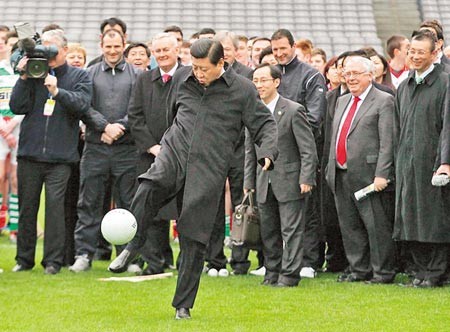Analysts are claiming that the country needs more training fields in order to boost the government's reform plans on soccer.
"One of the main concerns about China's plan to develop soccer is the lack of training fields," soccer analyst Tristan Wang said.
According to the Ministry of Education, the Chinese government eyes to roll out 20,000 new pitches and training facilities and develop 100,000 new players in 2017.
Sharing the same sentiment with Wang, Beijing Sailing Jianye Sports Facilities Co. Ltd. Construction general manager Wang Xianwei stated that construction demand has yet to increase.
"We received less than 10 orders last year to lay soccer pitches, and most of them came from elementary and secondary schools as well as universities," Wang said. "Most places choose to renovate their pitches, and only a few put in new ones."
Even in Dalian and Qingdao, regarded as the soccer heartlands in the country, the lack of new pitches is becoming a major issue for the sport at the grassroots level.
"I haven't seen orders increase for soccer pitches," said Sun Daiting, general manager of Qingdao Yifan Sports Facilities Co. Ltd., adding that the firm along with others is "striving for more business opportunities."
As of the end of 2013, the number of sports venues and pitches in China has reached 1.7 million. The figure is double the number a decade ago.
The General Administration of Sport of China also noted that in order to achieve the plan to increase the per capita venue area to 2 square meters by 2025, new pitches should be constructed in urban communities.
"Clearly, the competition for land in the urban areas is intense," sports enterprise professor Simon Chadwick at the University of Salford in Manchester, England, said.
"While football may be a government priority, the sport still has to compete for land with other industrial sectors from retailing through to manufacturing," Chadwick said. "This may, therefore, require state authorities, local planners, and those involved in football (soccer) to look toward other solutions for addressing this issue."




























